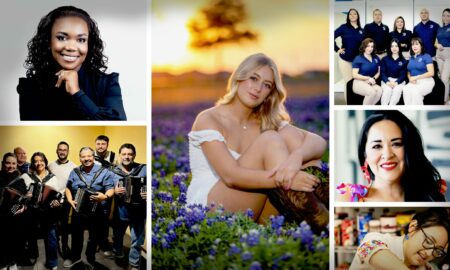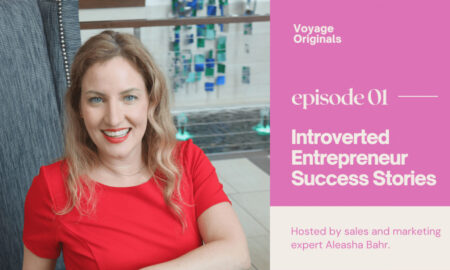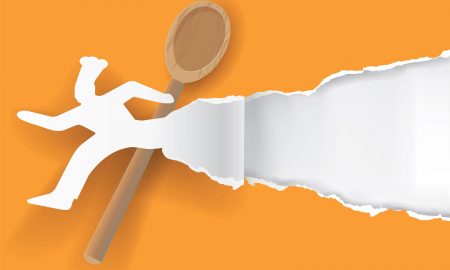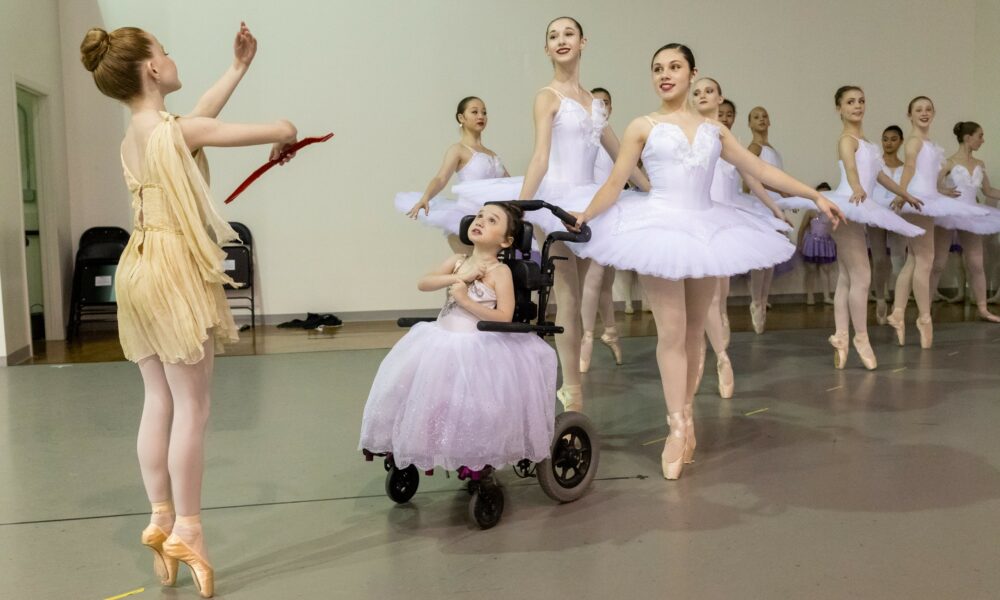

Today we’d like to introduce you to Michael Cirlos.
Hi Michael, thanks for sharing your story with us. To start, you could tell our readers some of your backstories.
I was born at the Nix Hospital here in Downtown San Antonio. My father worked at a shoe store at North Star Mall and received a job transfer to open a new store in Mcallen, TX. I was about 5 years old when we migrated to the valley. In 1997, I returned to San Antonio after completing my first year of high school in Nashville, TN. I graduated from Ronald Reagan in 2002, where I excelled in athletics. I received a small scholarship to play football for Texas Lutheran University in Seguin, but I decided to attend Texas Tech University instead, where I became a pre-pharmacy student. I did not enjoy living in Lubbock, so I returned to San Antonio after a year to re-evaluate what I wanted. I took a break from college and worked in and out of the restaurant and bar industry. I met my Dutch American friend Kameren Lund at a restaurant we were both worked summer of 2006. Kameren was studying internationally at Webster University in Leiden and suggested I apply to Webster University in Thailand if I were still considering college. The idea of moving to southeast Asia sounded fascinating. After about a week of research, I decided to apply. I also asked my girlfriend, Samantha Martinez, whom I also met at the restaurant that summer, if she wanted to explore Thailand with me. Later that month, Samantha and I both received our university acceptance letters, and by the end of summer, we were on a flight to Hua Hin, Thailand.
For the next couple of years, I focused on my education while making some time to explore parts of southeast Asia with Samantha. I received an academic scholarship to continue my studies in The Netherlands, and in 2008, I reunited with Kameren in Amsterdam. It was a tough decision, but I moved back to San Antonio after Europe. I graduated from UTSA with degrees in Psychology and Marketing. I felt excited to graduate from college mainly because I was the first to graduate in my family, but at the same time, I felt frustrated. I returned to a place where you still needed a car to get around because of the lack of mass transit. I also came back to a city that decided many years ago to expand outward, creating an environment where most housing options are away from the city center, away from our rich and rooted history, arts, and cultural diversity. I missed walking around with my friends in the urban center to a nearby coffee shop. I missed walking past the city park, where I saw groups of people interacting, playing games, or just going about their day. It became more frustrating to me, realizing how Downtown San Antonio has been a place locals mainly visited for special occasions. I wanted to do something to help change that. I wanted to tell the story of Downtown San Antonio to its residents because I believed doubling down on our arts and culture was the best way I could help entice residents to come back downtown.
One evening after work, I sat with my friend Stella at a bar, complaining again about San Antonio. She was tired of listening to me vent, and she started going through her phone to discover the Humans of New York Facebook page. Stella immediately handed me her phone and said, “Look! You should do this!” At that moment, I decided to buy a camera, take photos of random people downtown, record their stories, and post them on social media, just like the Humans of New York page.
Over 5 years, I interviewed 1,000 strangers. Mostly all within the Public Improvement District. I met everyone. I met everyone from all walks of life doctors, lawyers, government officials, students, young mothers and fathers, the homeless residents of downtown, artists, and criminals. It was an amazing experience, and I wish I had the time to do it again. I learned how important it is to give trust and embrace the flaws of being imperfect human beings. Life is so much more complicated than I’ll ever know.
The Humans of San Antonio project became a placemaking initiative that helped market and promoted the overarching story of downtown by telling the individual stories of its visitors and residents. This collection of stories became a book published by Trinity University Press in 2018, where I had the unique opportunity to go on a book festival tour to help promote Downtown San Antonio to all of Texas and beyond. I’ve had people call and message me from different countries sharing how amazing their experience was in Downtown San Antonio and how much the book reflected their experience. The Briscoe Western Art Museum has a special exhibit that highlights HOSA stories with local immigrant family stories. I can’t thank Trinity University enough for the opportunity. My cousin called me last week to tell me she found the Humans of San Antonio book in her library in La Vernia, Texas.
In 2019, photos from the Humans of San Antonio project became San Antonio’s largest public art mural in Downtown San Antonio ever to be installed on a historic building, specifically in Peacock Alley on the 118 Broadway Building. This urban activation of Peacock Alley with public art, local music, and food was the first of its kind, becoming the catalyst and study for two new programs at Centro San Antonio, leading the way for the development of over 65 large-scale public art murals throughout San Antonio’s inner core. Today, Peacock Alley has become a community venue with ongoing activations throughout the year, thanks to Centro San Antonio supporting small businesses, local musicians, and artists. The power of digital storytelling is real, and I still can’t believe how the Humans of San Antonio project changed the physical landscape of downtown. Downtown is much more colorful now than it has ever been.
My biggest takeaway is that I’ve come to realize that you don’t need a lot of money, support, an original idea, a ton of intelligence, or experience to make an impact in your community. It’s true when you hear someone say all you need is time and perseverance. You’ll have to make time by making a ton of sacrifices along the way so that you can learn. This was the hardest thing for me. I had no idea what I was doing with the camera, but I knew because I made the time to practice repeatedly. Whatever you want to do in life, I hope you are making the time for it. Life is short. Try to do something for your community positively and leave it better than when you found it when it’s time for a change.
-Michael
Alright, so let’s dig a little deeper into the story – has it been an easy path overall, and if not, what were the challenges you’ve had to overcome?
We never have a smooth road. Life is always full of obstacles and miscommunications. No one is going to believe in your ideas more than you. Suppose someone says no to your thoughts or ideas. You have to find a way to move forward. My biggest struggle was finding the time and balancing that time with family and friends.
Let’s switch gears a bit and talk business. What should we know about your work?
As a photographer, I’m known for my work in Downtown San Antonio. I’ve spent the last 11 years photographing a wide spectrum of events for media, news, non-profit, government, and commercial in the city center. I’m positioned between marketing and photojournalism. I’m good at capturing peak moments that express emotions and relationships between people and their environment. I’m always listening for photos first. Sounds before lighting and background compositions are what set me apart from others. As a marketer, I’m known for the Humans of San Antonio Project. And how I was able to use personal digital storytelling to change perspectives about a place and its culture in Downtown San Antonio. I’m proud how the Humans of San Antonio project morphed into physical placemaking from a digital placemaking initiative. It was the catalyst for the Art Everywhere public art program at Centro San Antonio and the activations we see in Peacock Alley today.
We’d love to hear what you think about risk-taking.
A big part of my life is already planned out, so any risks I take are part of my life journey. I’m an above-average risk-taker. The bigger risks I’ve taken have created fundamental changes in my life. For example, I moved to Asia with someone I only knew for two months. It was a crazy risky decision. At the time, everyone in my family thought I was crazy, but I learned a lot about myself, including how selfish I can be. I hate that part about myself, and I’m able to be different now because of that risk I took by moving across the world with someone I didn’t know. Take one or two borderline crazy risks in life when you’re young. I’ve become more calculated as I’ve gotten older, and I’m not sure if I like that.
Contact Info:
- Website: michaelcirlos.com
- Instagram: humansofsa
- Linkedin: https://www.linkedin.com/in/michaelcirlos/
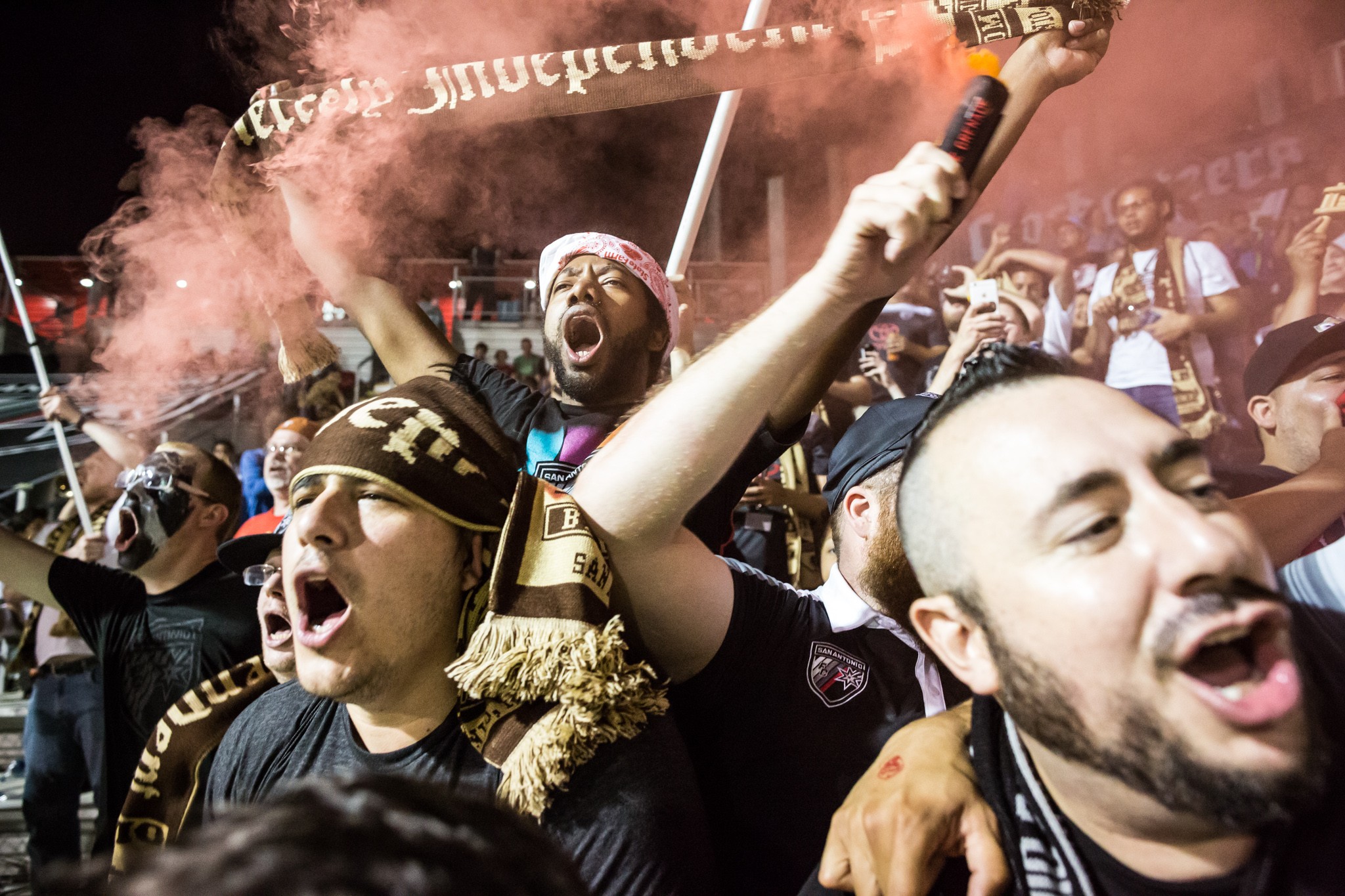
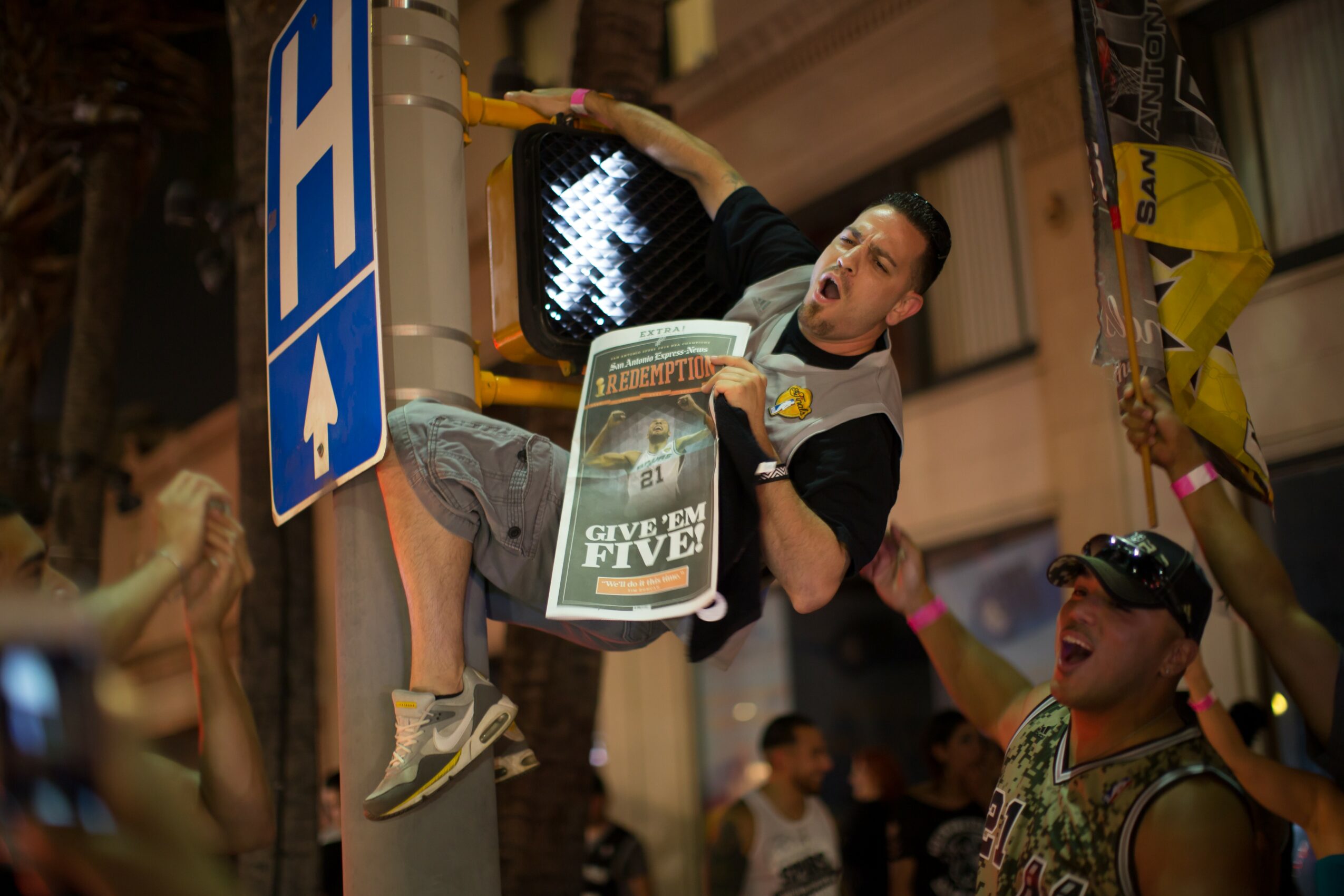

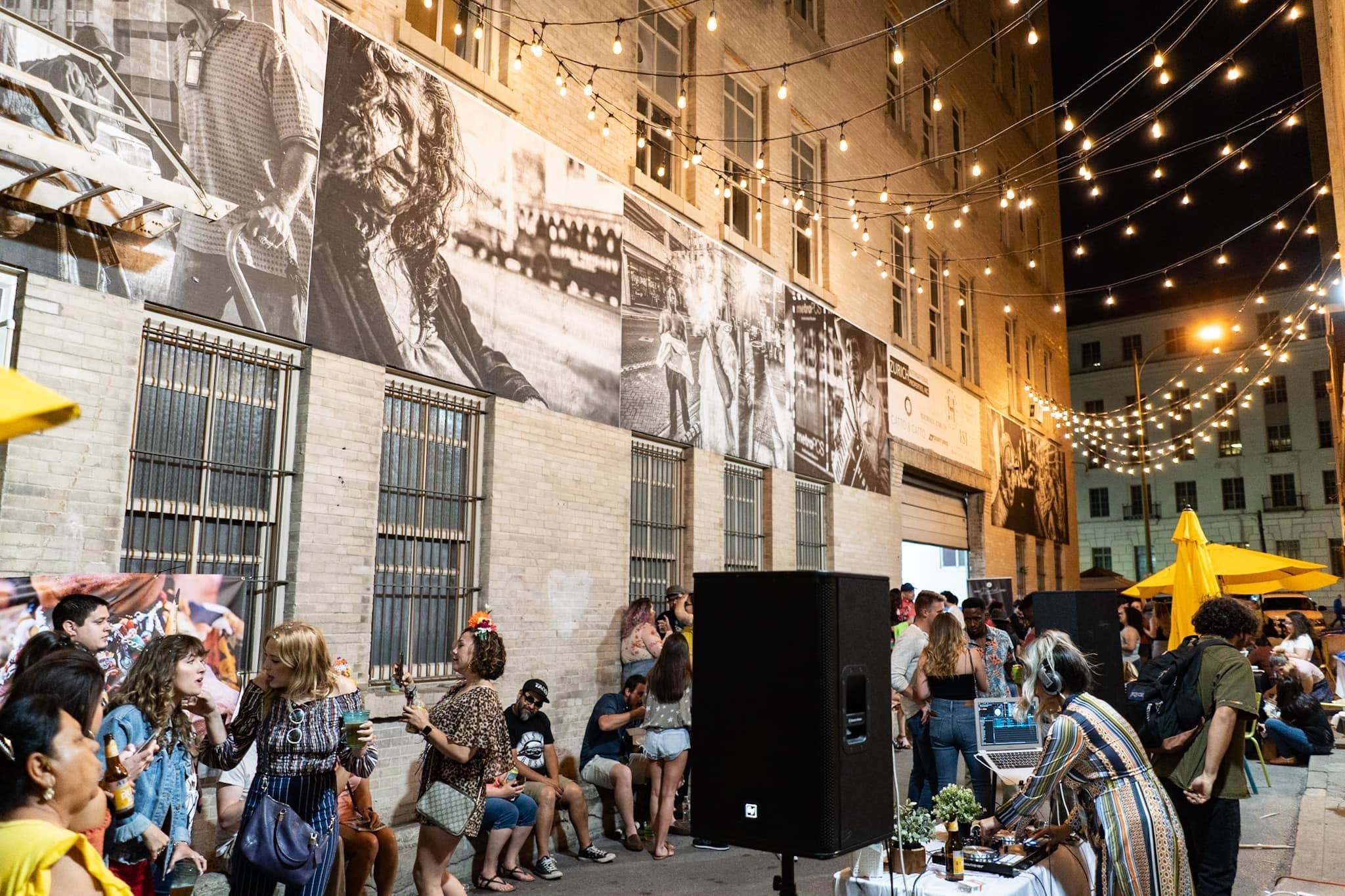
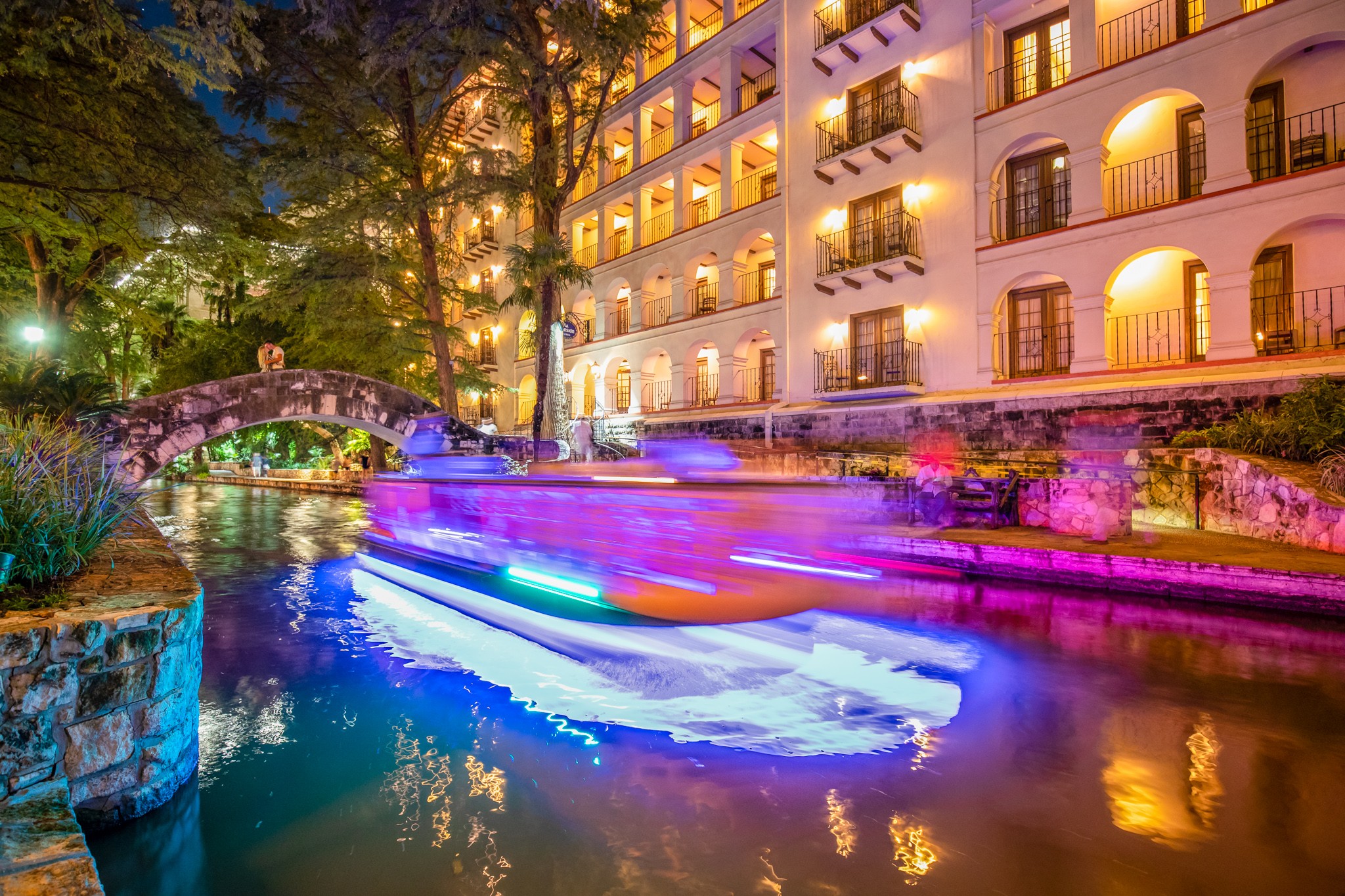
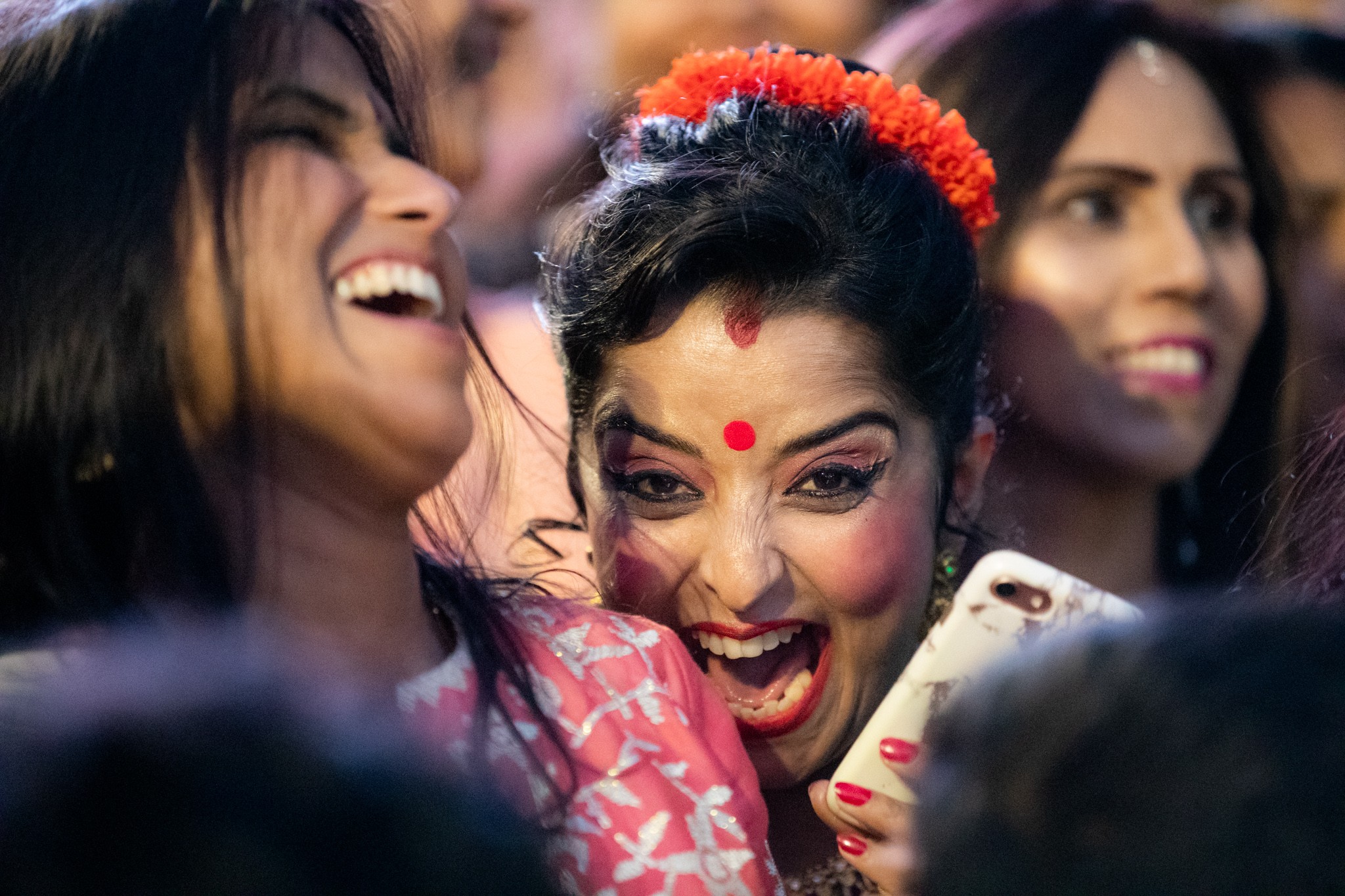
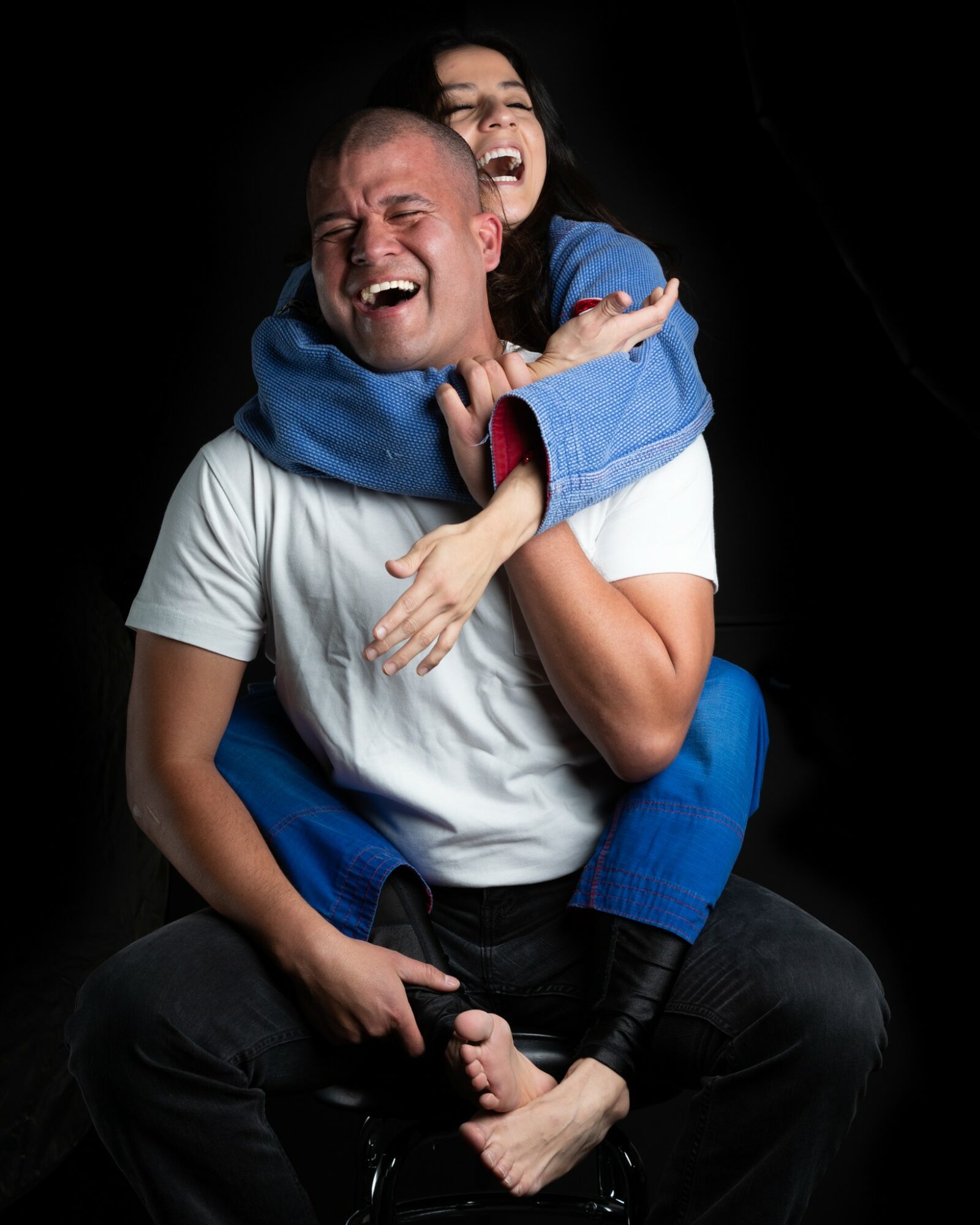
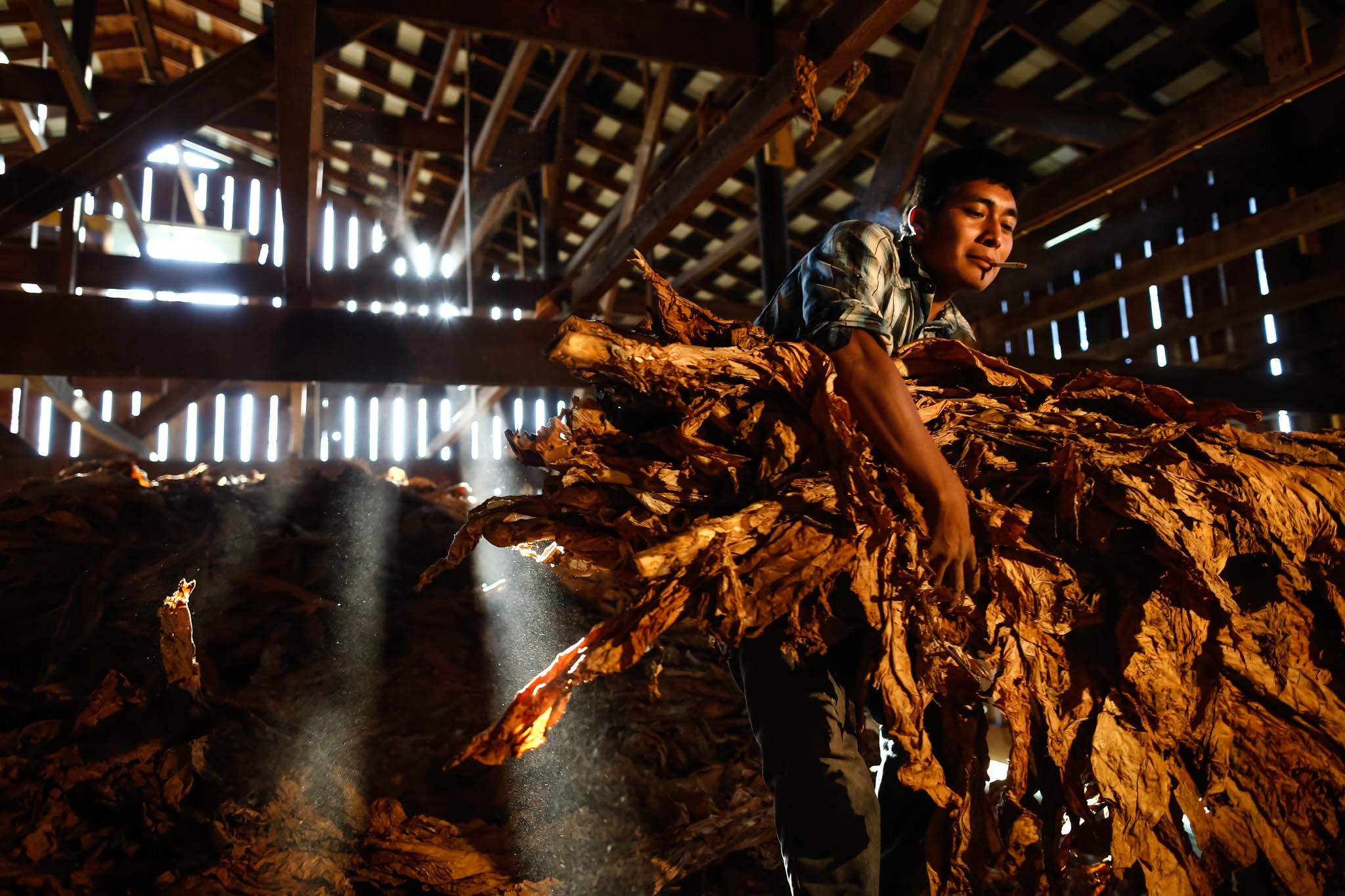
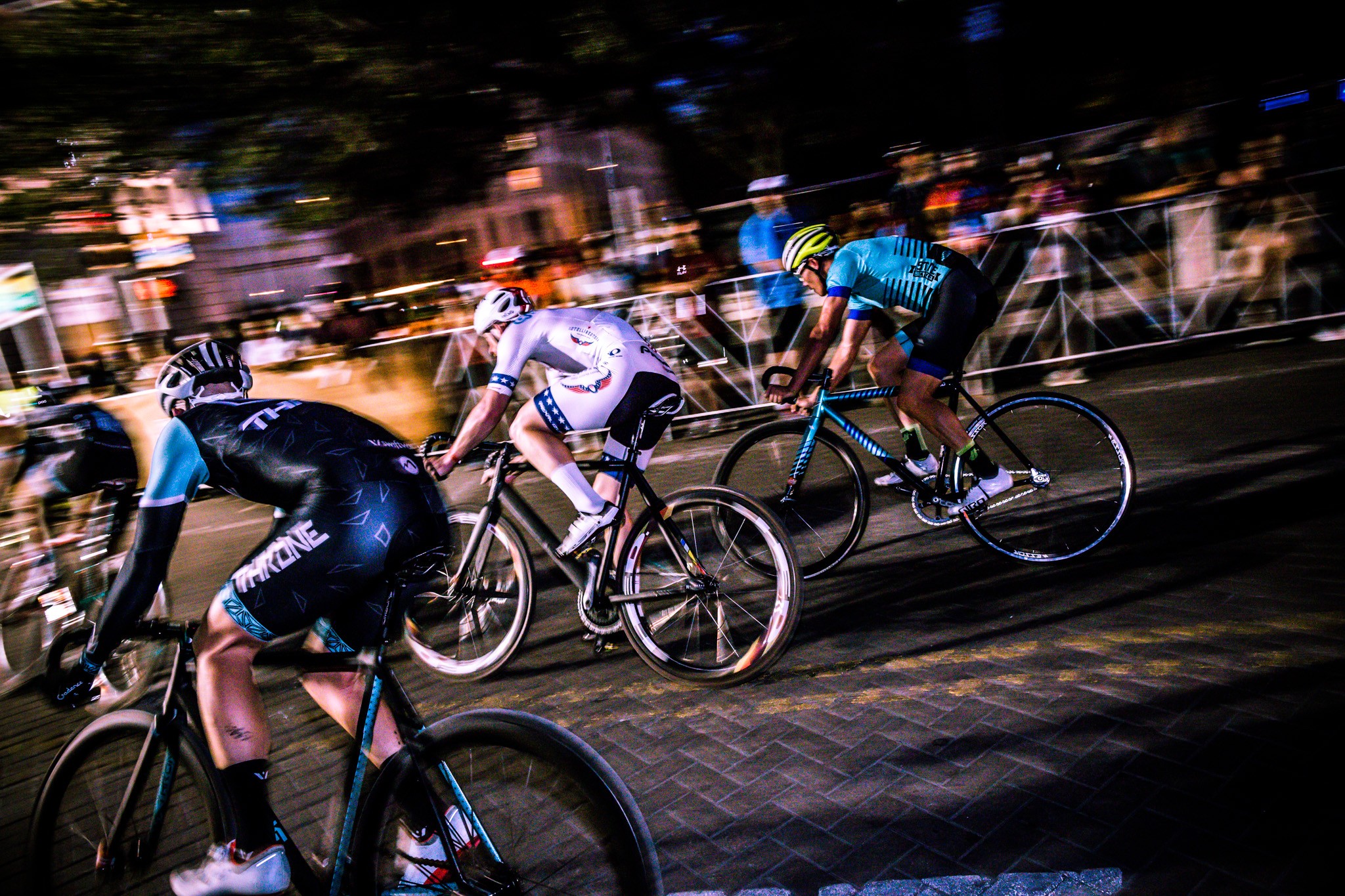
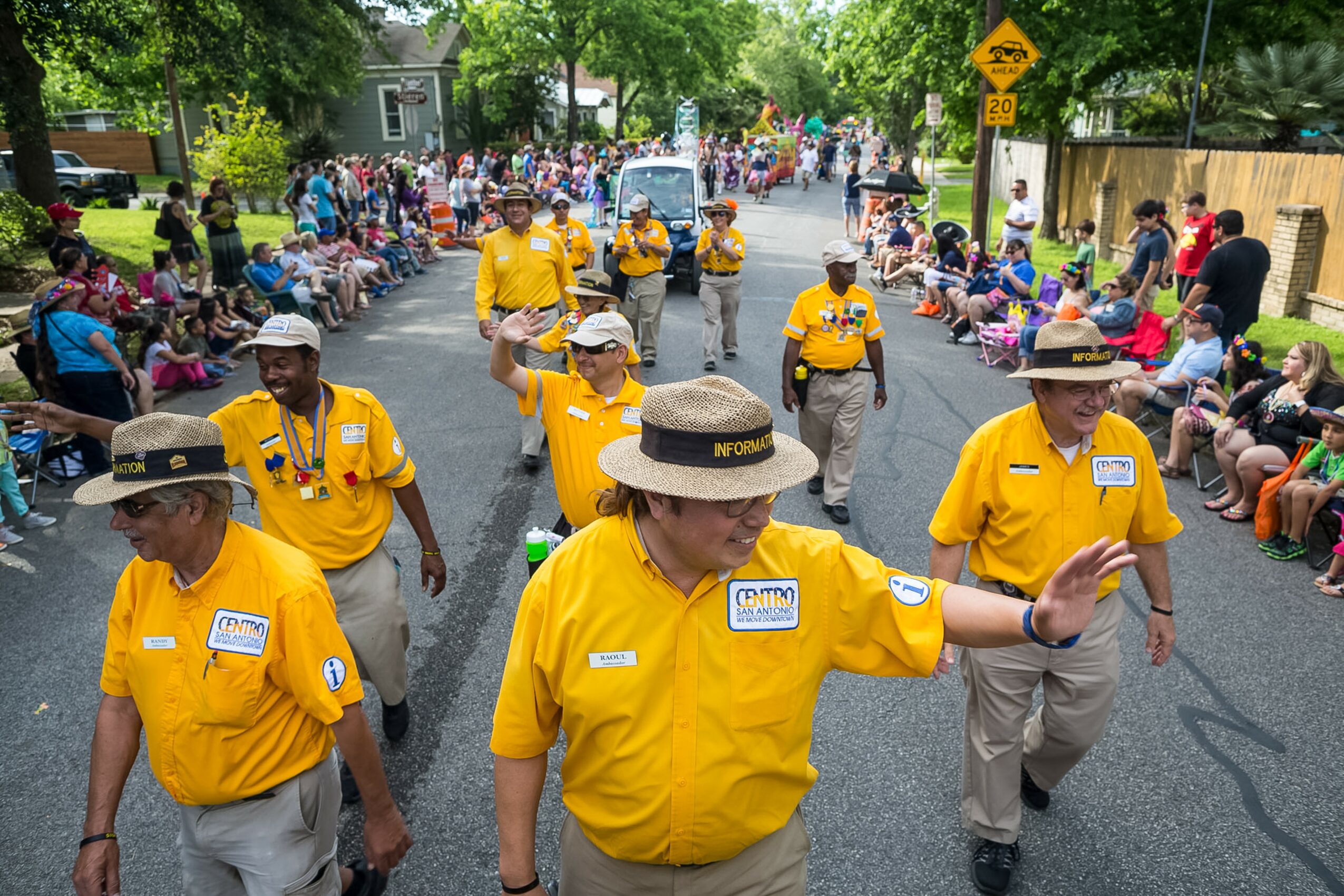
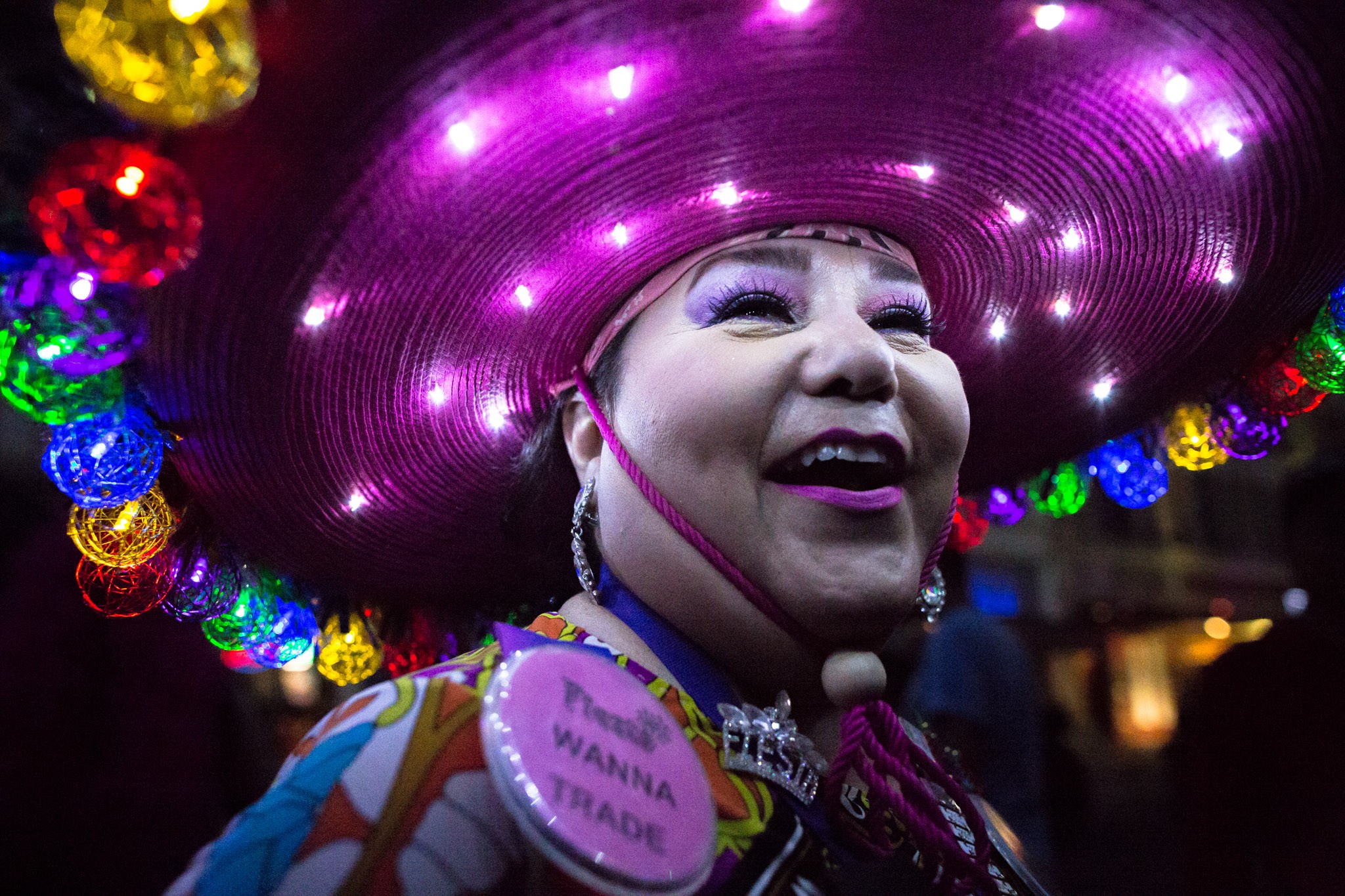
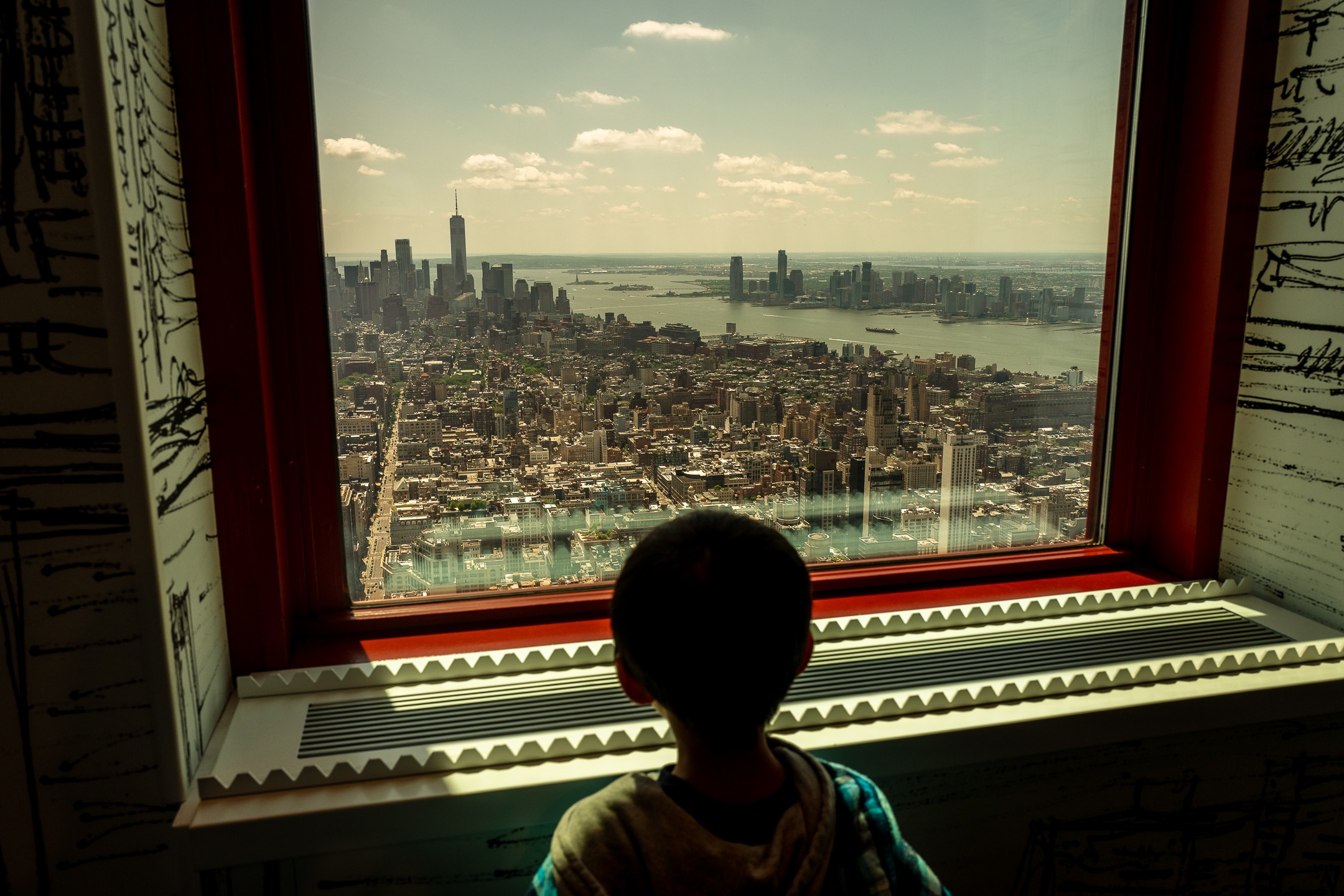
Image Credits
Michael Cirlos

